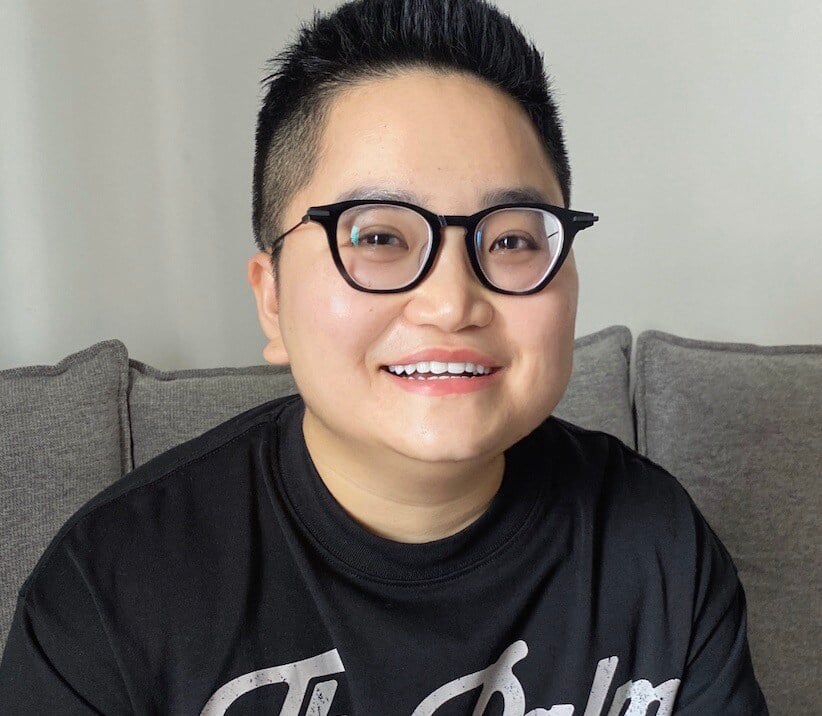Living with Glaucoma: My Journey Through Challenges and Hope
Hi, I’m a 30-year-old woman from Nha Trang, and I want to share my story of living with glaucoma. It’s a condition that has not only taken away much of my sight but has also drastically changed how I live my daily life. I hope my journey resonates with those facing similar struggles and brings awareness to what it’s like to navigate the world with limited vision.
The Beginning of My Struggles
About a year ago, I started noticing that my vision was becoming increasingly blurry. At first, it was small things—misreading labels, stumbling on uneven steps—but soon, even recognizing the faces of people close to me became a challenge. My right eye was the worst. By November 2021, I could only see shapes if they were extremely close (counting fingers at 0.2 meters). My left eye wasn’t much better.
Simple tasks became overwhelming. I couldn’t navigate my home without bumping into furniture, and walking outside felt like an obstacle course. I stopped going out alone because I was afraid of tripping or stepping into traffic. The world felt like it was closing in, and I relied heavily on my family to help with even the most basic errands.
The First Surgery
When I visited my doctor, I learned that my left eye had dangerously high pressure—over 30 mmHg. They told me that without surgery, I could lose what little sight I had left. I was terrified but hopeful that the trabeculectomy they recommended would help.
The surgery went well, and my eye pressure dropped significantly, but my vision didn’t improve. Everyday life was still incredibly challenging. I couldn’t see well enough to cook safely—I’d burn myself trying to handle hot pans or spill water while pouring. Reading was out of the question, so I had to rely on audio tools for everything. Even walking in dim lighting was a nightmare. I clung to the hope that stabilizing the pressure in one eye would at least stop things from getting worse.
The Second Surgery
My right eye was still struggling. By December, the pressure had climbed again despite using multiple eye drops every day. I started feeling strain and discomfort, and my vision was so poor that I couldn’t even distinguish objects unless they were very close. By this point, I was practically blind in that eye. The doctors recommended a second trabeculectomy for my right eye, and I agreed, even though I knew the surgery wouldn’t restore my vision.
The recovery process was frustrating. While the pressure in my right eye improved after the surgery, my vision remained the same—blurry, foggy, and unreliable. Even navigating familiar spaces felt like a gamble, as I couldn’t see obstacles in my way. Crossing the street alone was out of the question, and I stopped venturing out altogether unless someone was with me.
Everyday Limitations
Living with glaucoma has made me realize how much I took my vision for granted. Things that used to be second nature are now nearly impossible.
• Walking and Navigating: I’ve become overly cautious, even at home. I bump into doorframes or misjudge steps. Outside, I’m too afraid to cross streets because I can’t see vehicles clearly until they’re too close.
• Cooking and Cleaning: Preparing meals feels risky. I’ve burned my fingers because I couldn’t see how close they were to the flame or spilled boiling water while trying to pour. Cleaning is exhausting because I often miss spots or knock things over.
• Socializing: Recognizing faces is one of the hardest parts. Meeting friends or family in public is embarrassing because I can’t see them well enough to greet them properly. It’s isolating, and I feel like I’m losing the ability to connect with others.
• Reading and Technology: I can’t read books or even text messages. Everything I do now requires audio assistance, which makes me feel less independent.
• Emotional Impact: The worst part is the constant reliance on others. I feel like a burden, and the loss of independence has taken a toll on my confidence.


.jpeg?width=640&height=580&name=Glaucoma%20vision%20improvement%20Fedorov%20Restore%20Vision%20Clinic10.24.08).jpeg)
.jpeg?width=640&height=580&name=Glaucoma%20vision%20improvement%20Fedorov%20Restore%20Vision%20Clinic10.24.36).jpeg)
.jpeg?width=640&height=580&name=Glaucoma%20vision%20improvement%20Fedorov%20Restore%20Vision%20Clinic10.23.50).jpeg)
.jpeg?width=640&height=580&name=Glaucoma%20vision%20improvement%20Fedorov%20Restore%20Vision%20Clinic10.24.28).jpeg)
.jpeg?width=640&height=580&name=Glaucoma%20vision%20improvement%20Fedorov%20Restore%20Vision%20Clinic10.23.58).jpeg)
.jpeg?width=640&height=580&name=Glaucoma%20vision%20improvement%20Fedorov%20Restore%20Vision%20Clinic10.24.18).jpeg)

